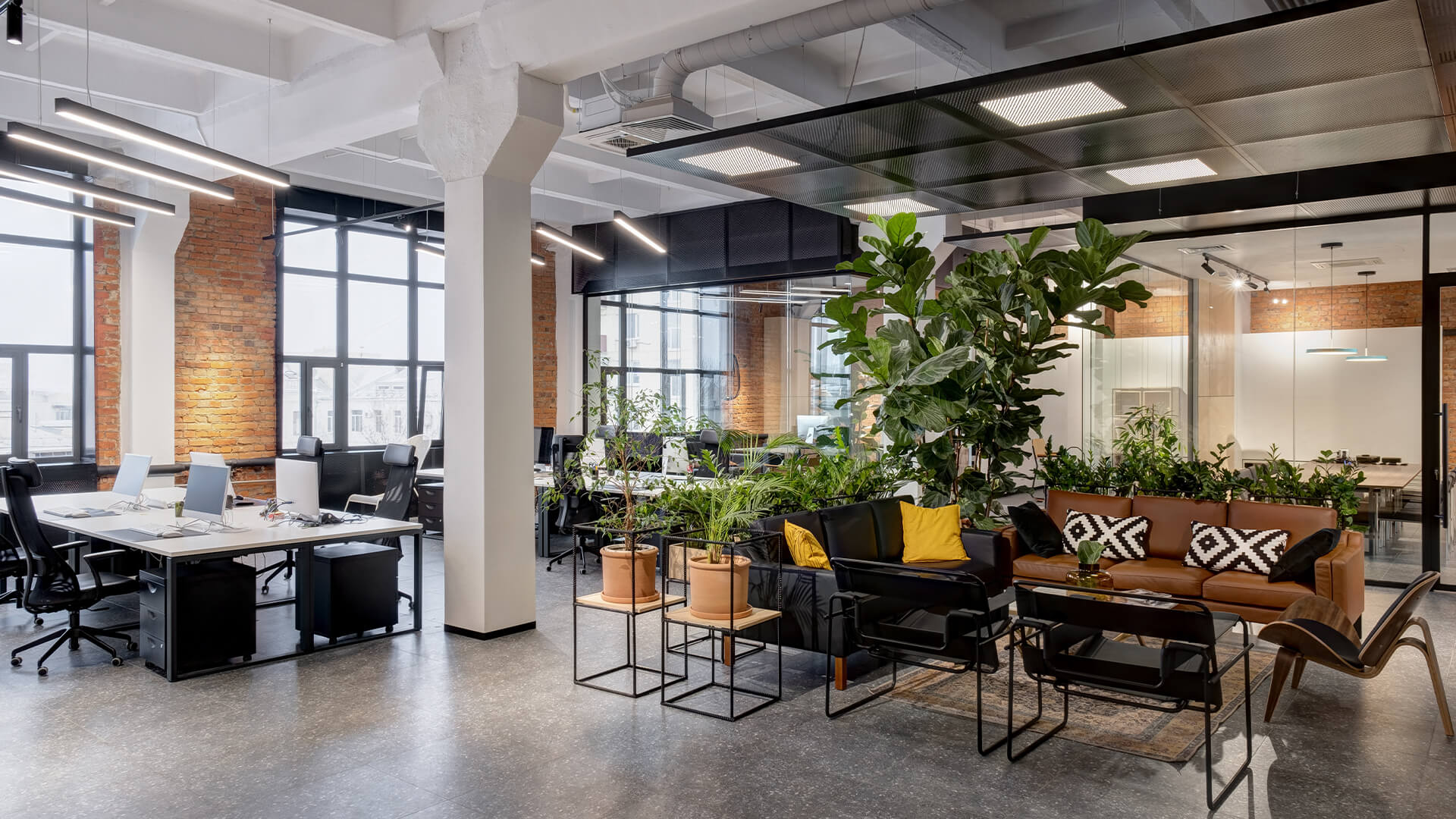By JOHN EDWARD
If you’re considering a career in interior design, you’ll want to be familiar with the offer interior design guidelines. These guidelines provide a basic framework for designing functional and aesthetically pleasing offices.
Creating a Comfortable Environment
When it comes to creating a comfortable workplace, there are a few key things that you need to take into account. By utilising existing office space and balancing privacy with team collaboration, you can create a comfortable and productive environment.
One of the first things you must do is ensure that your lighting is effective and balanced. This will improve employee comfort and productivity. Additionally, make sure to have adequate air circulation in the office so that everyone stays cool during the summer months.
To further improve employee comfort, consider incorporating disability access considerations into your design plans. Make sure to include accessible parking spaces, stairways and restroom facilities in your office layout. In addition, make use of accessible furniture, such as adjustable chairs and desks, for people with different body types.
Another important factor when designing a comfortable workspace is soundproofing. This technology can help reduce noise levels in the office while still allowing co-workers to communicate effectively. Additionally, add other amenities, such as break-out spaces for team members or game rooms for fun on rainy days.
Finally, it’s important to think about sustainability when designing your workplace environment. By incorporating green technologies such as LED lighting or water-saving solutions into your design plan, you can reduce environmental impact while still providing employees with a great work experience. Developing sustainable initiatives into your design plan can also be a great way to show employees that you care about their well-being at work.
Important Interior Design Tips
Interior design is one of the most important aspects of any home, and it can greatly impact how productive and comfortable people are in their surroundings. With the right tips, you can create a stylish and functional space.
First and foremost, good lighting is essential for a productive interior environment. Working or concentrating in any setting is difficult without adequate light. When choosing your lighting options, be sure to consider both the natural light that comes through windows and doors and the artificial light provided by lamps and fixtures.
When choosing your colour palette, consider both your personal style and the surrounding environment. For example, if you live in a bright city with many other colours available, go with those instead of a single colour like black or white. If you live in a more subdued setting where only one colour is permitted per room, stick with that colour palette.
To increase productivity in an interior environment, select ergonomic furniture. This means that it is intended to fit into specific spaces, allowing people to work more efficiently without feeling cramped or uncomfortable.
For your ideas about interior design to really work, they must also help team members work together. Utilise wall art or motivational visuals as ways to encourage team members to share ideas or feedback with one another.
To Summarise
Creating the perfect office environment doesn’t have to be daunting. By considering factors such as lighting, air quality, soundproofing and sustainable initiatives, you can design an office that is both comfortable and productive. Additionally, by incorporating ergonomic furniture and layout elements into your plans, you can make the most of your existing space while creating an environment that is conducive to collaboration. With these tips in mind, you can create a stylish and functional workspace, making it easier for everyone in your organisation to work together more effectively. Take action today by implementing these interior design guidelines to create a work atmosphere that will increase employee morale and productivity!






























